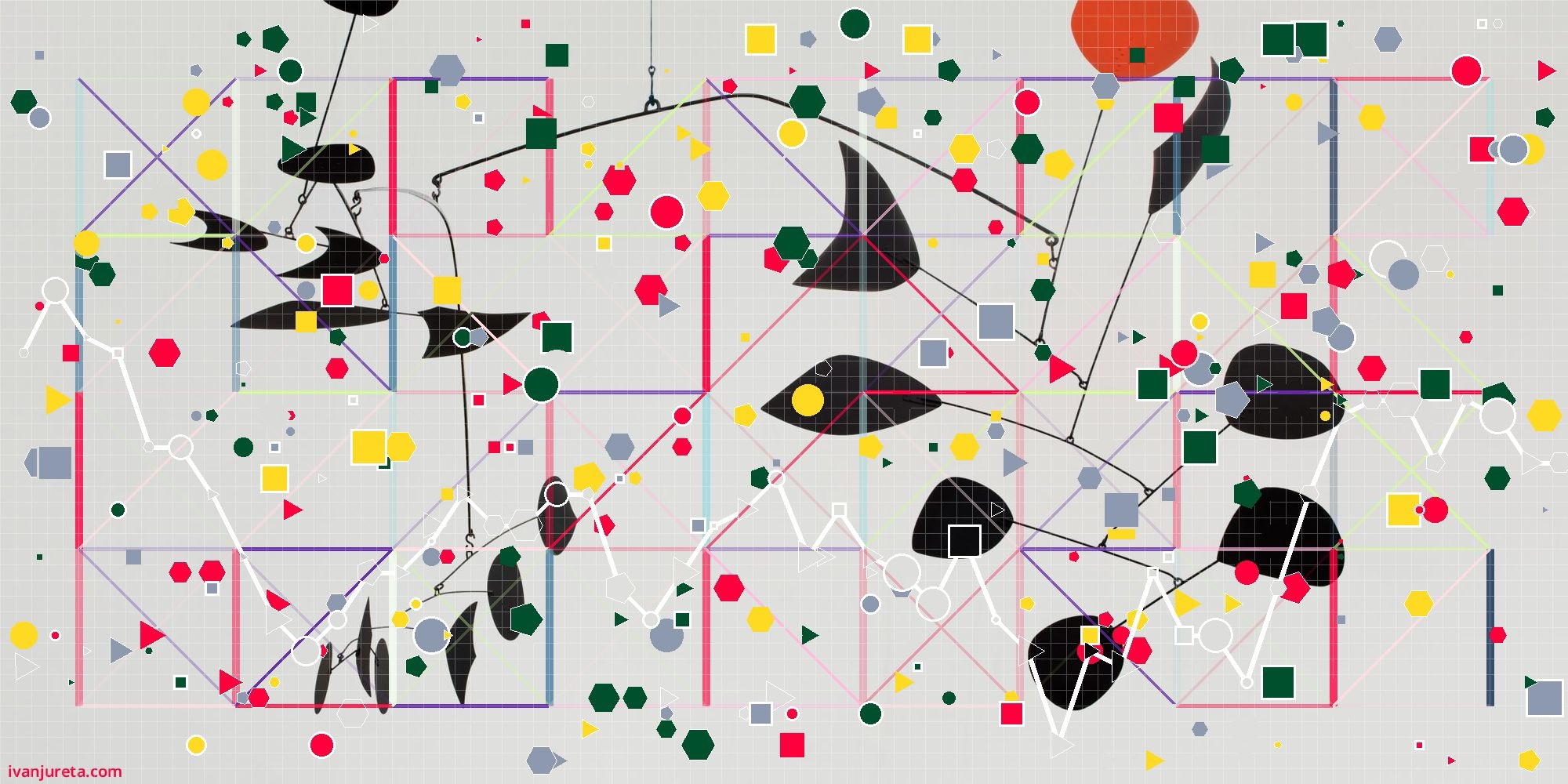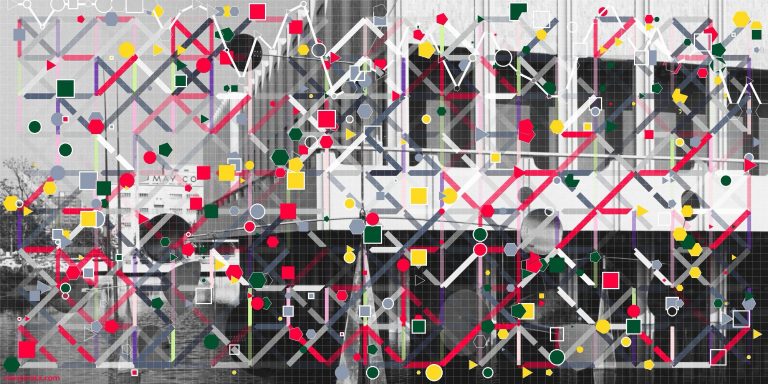Reputation Mechanisms: Market vs. Non-Market Transactions

Market transactions are shaped by price and competition; non-market transactions rely on norms, roles, and relationships—so reputation must serve different goals in each.
Why this matters?
Reputation mechanisms are only effective if they fit the context. In market transactions (buying, selling, hiring), reputation reduces uncertainty and helps agents choose efficiently. In non-market transactions (collaborating, volunteering, governing), reputation builds trust, signals alignment with group values, and supports cooperation. If you design a reputation system for one type and apply it to the other, it can backfire—discouraging participation, distorting incentives, or undermining trust. Knowing the difference helps you design mechanisms that actually reinforce the right behavior.
This text is part of the series on decision governance. Decision Governance is concerned with how to improve the quality of decisions by changing the context, process, data, and tools (including AI) used to make decisions. Understanding decision governance empowers decision makers and decision stakeholders to improve how they make decisions with others. Start with “What is Decision Governance?” and find all texts on decision governance here.
What to do about it?
Market Transactions: Focus on performance and comparability
Reputation should help users identify the best partner for a price-based exchange.
Key features:
- Numeric ratings: Use stars, scores, or success rates to support ranking and filtering.
- Transaction-level feedback: Collect structured input after each deal to capture recent performance.
- Aggregation: Summarize multiple interactions into a single, visible score.
- Fraud prevention: Use identity verification and feedback moderation to reduce gaming.
Example use cases:
E-commerce platforms (Amazon, eBay), ridesharing (Uber), freelance marketplaces (Upwork).
Goal: Reward reliable, consistent performers and support competitive selection.
Non-Market Transactions: Focus on relationships and contribution
Reputation should reflect long-term value to a shared project or community.
Key features:
- Narrative feedback: Use qualitative comments or peer recognition instead of scores.
- Long-term memory: Track sustained engagement, not just recent activity.
- Contextual credibility: Let people build reputation within subgroups or roles.
- Norm enforcement: Align feedback with shared values or collective goals.
Example use cases:
Open-source communities (GitHub), knowledge sharing (Wikipedia, Stack Overflow), academia, nonprofits.
Goal: Reinforce trust, shared purpose, and collaborative norms—not just performance.
Takeaway
Market-based mechanisms push for efficiency. Non-market mechanisms cultivate trust and alignment. Designing for the wrong context risks eroding the very relationships you want to support. Match the design to the transaction.
References
- Tadelis, S. (2016). “Reputation and Feedback Systems in Online Platform Markets.” Annual Review of Economics, 8: 321–340.
- Macneil, I. R. (1978). “Contracts: Adjustment of Long-Term Economic Relations under Classical, Neoclassical, and Relational Contract Law.” Northwestern University Law Review, 72(6).
- Ostrom, E. (1990). Governing the Commons: The Evolution of Institutions for Collective Action. Cambridge University Press.





